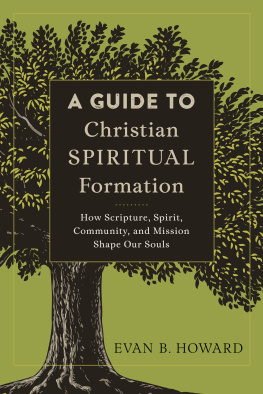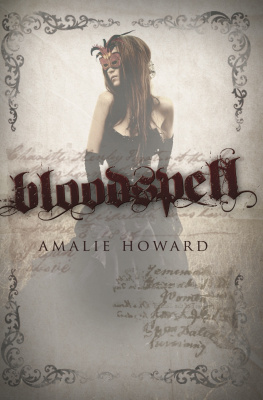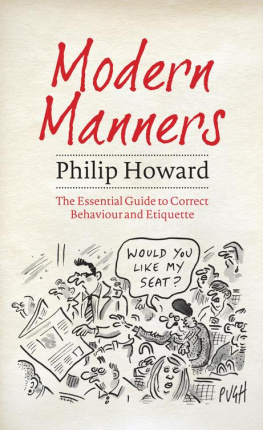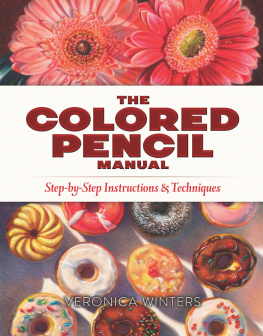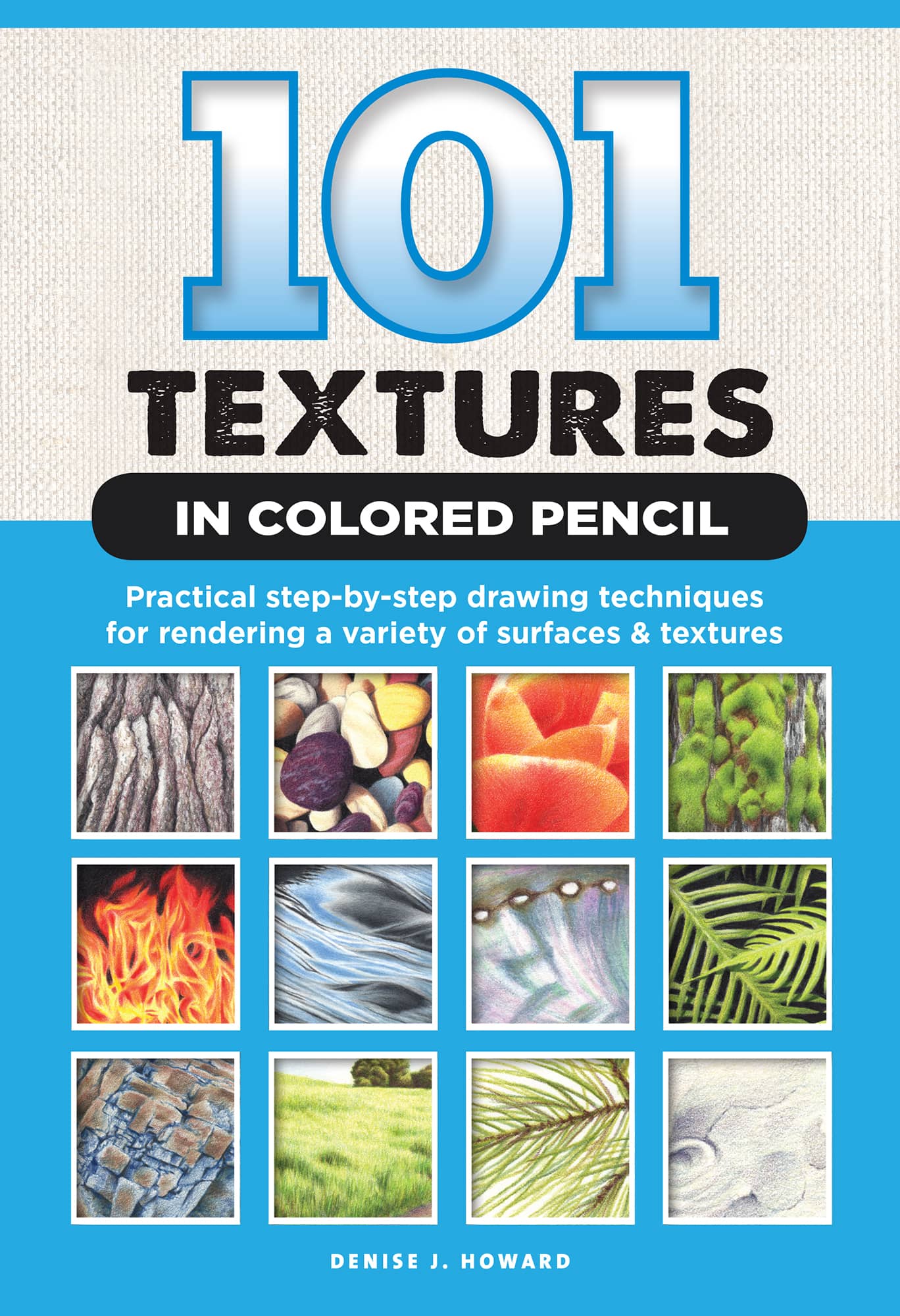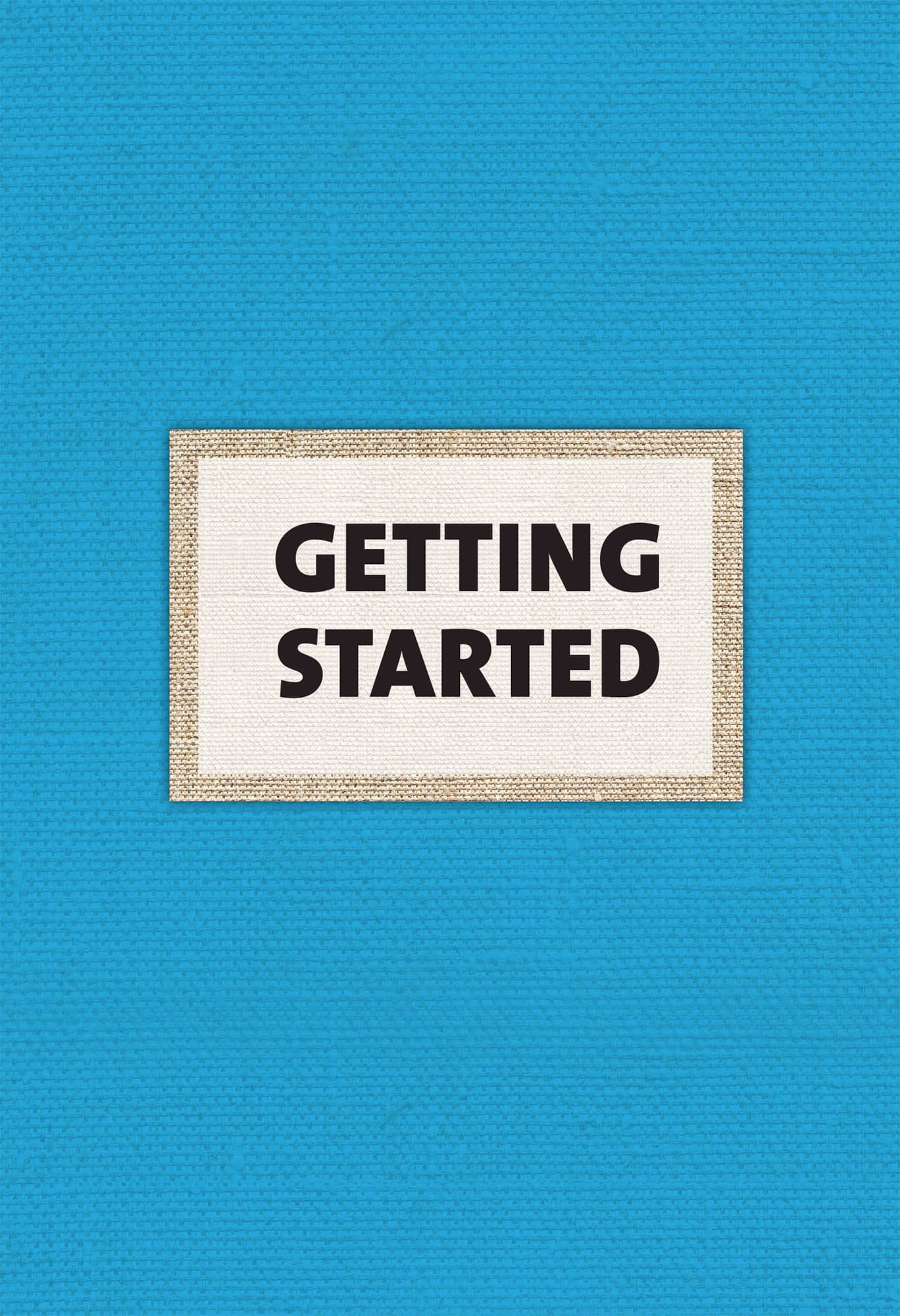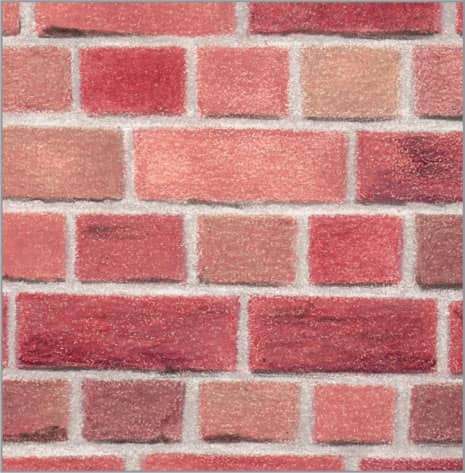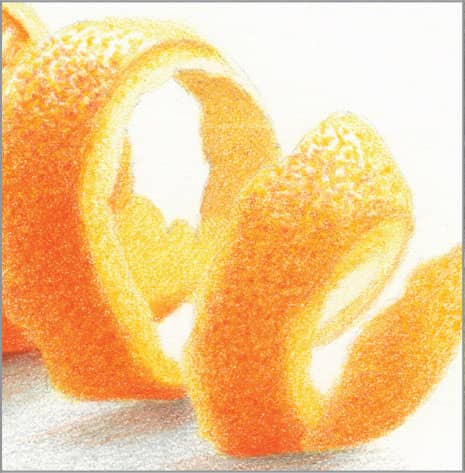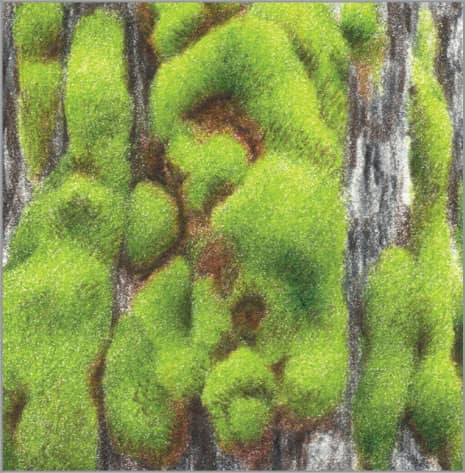Howard - 101 textures in colored pencil: practical step-by-step drawing techniques for rendering a variety of surfaces & textures
Here you can read online Howard - 101 textures in colored pencil: practical step-by-step drawing techniques for rendering a variety of surfaces & textures full text of the book (entire story) in english for free. Download pdf and epub, get meaning, cover and reviews about this ebook. City: Irvine, year: 2017;2018, publisher: Walter Foster Publishing, genre: Home and family. Description of the work, (preface) as well as reviews are available. Best literature library LitArk.com created for fans of good reading and offers a wide selection of genres:
Romance novel
Science fiction
Adventure
Detective
Science
History
Home and family
Prose
Art
Politics
Computer
Non-fiction
Religion
Business
Children
Humor
Choose a favorite category and find really read worthwhile books. Enjoy immersion in the world of imagination, feel the emotions of the characters or learn something new for yourself, make an fascinating discovery.

- Book:101 textures in colored pencil: practical step-by-step drawing techniques for rendering a variety of surfaces & textures
- Author:
- Publisher:Walter Foster Publishing
- Genre:
- Year:2017;2018
- City:Irvine
- Rating:4 / 5
- Favourites:Add to favourites
- Your mark:
101 textures in colored pencil: practical step-by-step drawing techniques for rendering a variety of surfaces & textures: summary, description and annotation
We offer to read an annotation, description, summary or preface (depends on what the author of the book "101 textures in colored pencil: practical step-by-step drawing techniques for rendering a variety of surfaces & textures" wrote himself). If you haven't found the necessary information about the book — write in the comments, we will try to find it.
Get a feel for your artliterally! 101 Textures in Colored Pencil teaches you every technique youll need to give your colored-pencil drawings realistic, palpable texture.
There has never been a better time to master textures! Knowing how to make your surfaces and textures look real is one of the most challenging aspects of creating art in colored pencil, even for experienced artists. 101 Textures in Colored Pencil provides artists with step-by-step instructions for drawing a wide variety of the most common textures and surfaces, including sand, water, metals, foliage, wood, fabrics, stone, grass, hair, and many more.
Each page is a comprehensive resource on how to create a specific texture, complete with two to three easy-to-follow steps and a final, detailed image of the finished artwork. Plus, the book is organized into sections based on subject matter, making finding what exactly you need a breeze. Dont put your...
Howard: author's other books
Who wrote 101 textures in colored pencil: practical step-by-step drawing techniques for rendering a variety of surfaces & textures? Find out the surname, the name of the author of the book and a list of all author's works by series.



